Unavailable
Suzuki Viola School, Volume 9 is currently unavailable
We can no longer provide this arrangement through Sheet Music Stores. The listing stays online so you can learn about the piece and explore alternatives.
Try these next steps
- Discover similar sheet music curated for you below.
- Search for “Suzuki Viola School, Volume 9” across our catalog.
About this arrangement
Viola SKU: AP.38940 Volume 9. International Edition. By Michael Isaac Strauss and R. Kent Cook. This edition: International. Method/Instruction; String - Viola (Suzuki); Suzuki. Suzuki Viola School. CD. Alfred Music #00-38940. Published by Alfred Music (AP.38940). ISBN 9780739086520. UPC: 038081432595. English.Teach viola with the popular Suzuki Viola School. The Suzuki Method of Talent Education is based on Shinichi Suzuki's view that every child is born with ability, and that people are the product of their environment. According to Shinichi Suzuki, a world-renowned violinist and teacher, the greatest joy an adult can know comes from developing a child's potential so he/she can express all that is harmonious and best in human beings. Students are taught using the mother-tongue approach. Each series of books for a particular instrument in the Suzuki Method is considered a Suzuki music school, such as the Suzuki Viola School. Suzuki lessons are generally given in a private studio setting with additional group lessons. The student listens to the recordings and works with their Suzuki viola teacher to develop their potential as a musician and as a person. This CD of the Suzuki viola method, Volume 9, features recordings by Michael Isaac Strauss and piano acc. performed by R Kent Cook. Titles: * Sonata for Viola and Piano, Op. 5, No. 3 (Hummel/Preucil) * Andante e Rondo ungarese, Op. 35 (Weber/Preucil) * Sonata in A Minor, D 821 (Schubert/Preucil). About Suzuki MethodThe Suzuki Method is based on the principle that all children possess ability and that this ability can be developed and enhanced through a nurturing environment. All children learn to speak their own language with relative ease and if the same natural learning process is applied in teaching other skills, these can be acquired as successfully. Suzuki referred to the process as the Mother Tongue Method and to the whole system of pedagogy as Talent Education. The important elements of the Suzuki approach to instrumental teaching include the following:an early start (aged 3-4 is normal in most countries); the importance of listening to music; learning to play before learning to read; -the involvement of the parent; a nurturing and positive learning environment; a high standard of teaching by trained teachers; the importance of producing a good sound in a balanced and natural way; core repertoire, used by Suzuki students across the world; social interaction with other children. Suzuki students from all over the world can communicate through the language of music.
Related sheet music

Suzuki Viola School, Volume 9
\n
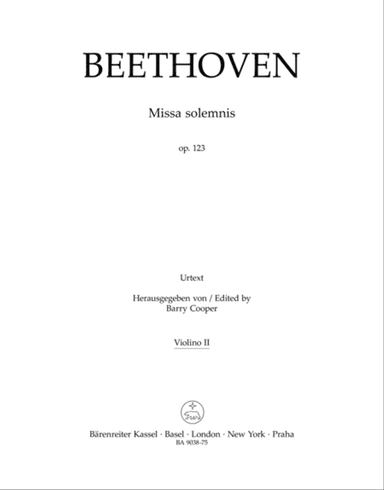
Missa solemnis, op. 123
ludwig van beethoven

Suzuki Cello School, Volume 9
dr. shinichi suzuki

Missa solemnis, op. 123
ludwig van beethoven
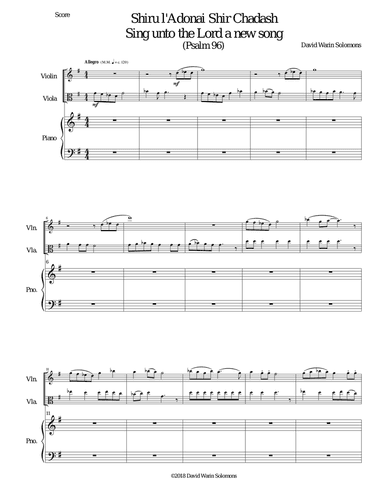
Shiru l'adonai shir chadash - O sing unto the LORD a new song for violin, viola and piano
david warin solomons
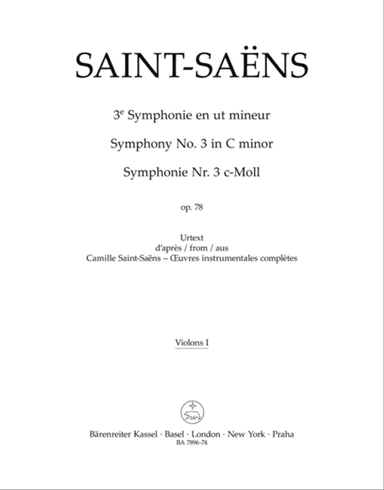
Symphony No. 3 C minor op. 78
camille saint-saens
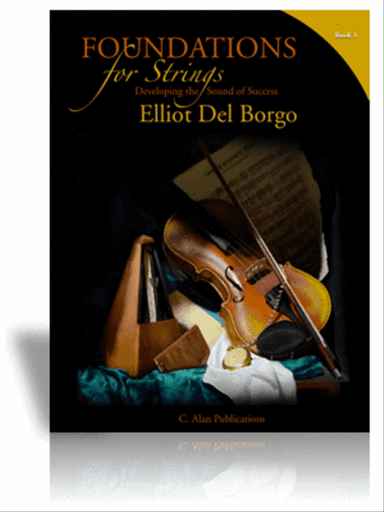
Foundations for Strings, Book 1
elliot del borgo
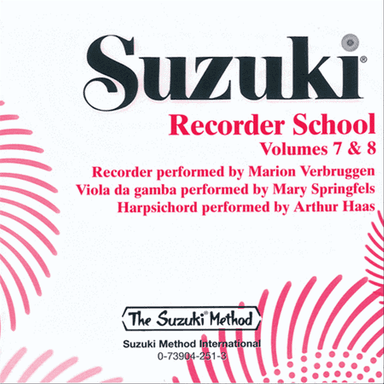
Suzuki Recorder School (Soprano and Alto Recorder), Volumes 7 & 8
recorder performed by marion verbruggen, viola da gamba performed by mary springfels, harpsichord performed by arthur haas

Suzuki Viola School, Volume 9

Symphony in G Major, Opus 88, No. 8
antonin dvorak
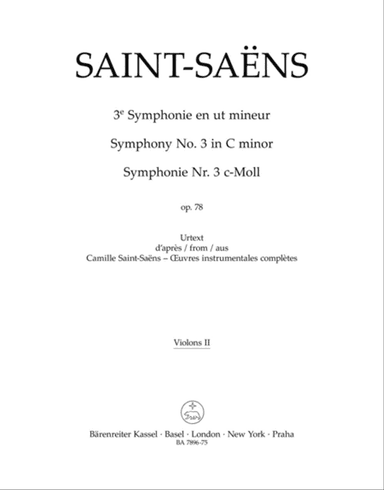
Symphony No. 3 C minor op. 78
camille saint-saens

Suzuki Viola School, Volume 9
\n